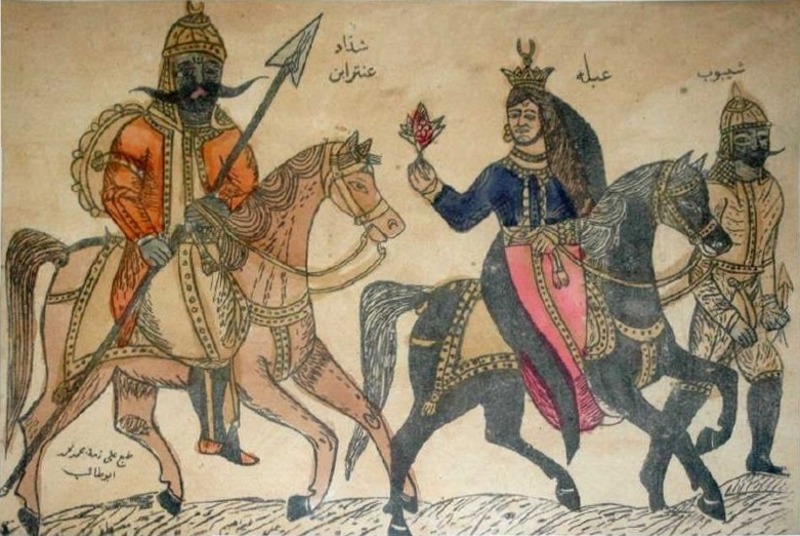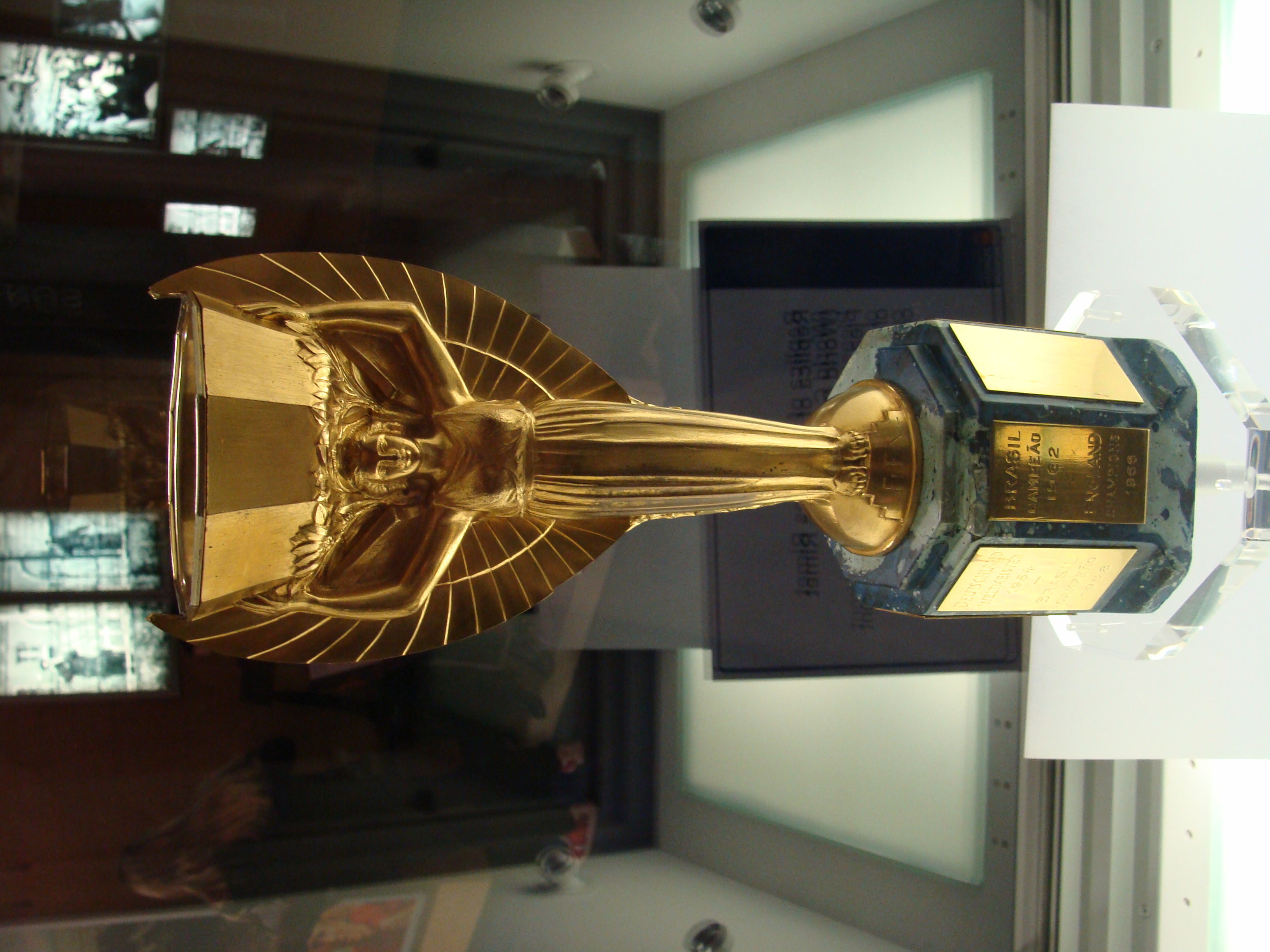|
Bisht (clothing)
A ''bisht'' ( ar, بِشْت; plural: ''bishūt'' and ''bshūt''), known in some Arabic spoken dialects as ''mishlaḥ'' (Arabic: ) or ''ʿabāʾ'' (Arabic: ), is a traditional men’s cloak popular in the Arab world, and worn in general for thousands of years. According to ancient Christian and Hebrew paintings, a similar robe was worn in the days of Jesus, by the people of the Levant. The ''bisht'' is a flowing outer cloak worn over a ''thawb''. A symbol of Arab identity A bisht is usually worn for prestige on special occasions such as weddings, or festivals such as Eid, or for Ṣalāt al-Jumuʿah or Salat al-Janazah. It is usually worn by secular officials or clergy, including tribal chiefs, kings, and imams over a thawb, kanzu or tunic. It is a status garment, associated with royalty, religious position, wealth, and ceremonial occasions such as weddings, like the black-tie tuxedo in the West. Etymology The triliteral root of the word ''bisht'' is widely used in Se ... [...More Info...] [...Related Items...] OR: [Wikipedia] [Google] [Baidu] |
Khazʽal Ibn Jabir
Khazal bin Jabir bin Merdaw al-Kabi ( ar, خزعل بن جابر بن مرداو الكعبي، fa, شیخ خزعل) (18 August 1863 – 24 May 1936), ''Muaz us-Sultana'', and ''Sardar-e- Aqdas'' (''Most Sacred Officer of the Imperial Order of the Aqdas''), was the Ruler of Arabistan, the Sheikh of Mohammerah from the Kasebite clan of the Banu Ka'b, of which he was the Sheikh of Sheikhs, the Overlord of the Mehaisan tribal confederation and the Ruler of the Shatt al-Arab. Historical background On 2 June 1897, Khaz'al inherited the Emirate of Mohammerah. The emirate, although within the Persian Empire, was autonomous and allowed to conduct its own affairs. Although never a part of the British Empire, the Persian Gulf had been effectively incorporated into the British imperial system since the early 19th century. The conclusion of treaties and agreements with the region's various tribal rulers was one of the central means by which Britain enforced its hegemonic presence, an ... [...More Info...] [...Related Items...] OR: [Wikipedia] [Google] [Baidu] |
Arabic
Arabic (, ' ; , ' or ) is a Semitic languages, Semitic language spoken primarily across the Arab world.Semitic languages: an international handbook / edited by Stefan Weninger; in collaboration with Geoffrey Khan, Michael P. Streck, Janet C. E.Watson; Walter de Gruyter GmbH & Co. KG, Berlin/Boston, 2011. Having emerged in the 1st century, it is named after the Arabs, Arab people; the term "Arab" was initially used to describe those living in the Arabian Peninsula, as perceived by geographers from ancient Greece. Since the 7th century, Arabic has been characterized by diglossia, with an opposition between a standard Prestige (sociolinguistics), prestige language—i.e., Literary Arabic: Modern Standard Arabic (MSA) or Classical Arabic—and diverse vernacular varieties, which serve as First language, mother tongues. Colloquial dialects vary significantly from MSA, impeding mutual intelligibility. MSA is only acquired through formal education and is not spoken natively. It is ... [...More Info...] [...Related Items...] OR: [Wikipedia] [Google] [Baidu] |
Hejazi Turban
The Hejazi turban ( ar, العِمامة الحِجازيّة, ʾimāmah IPA: ), also spelled Hijazi turban, is a type of the turban headdress native to the region of Hejaz in modern-day western Saudi Arabia. It is but one version of Arabian turbans that have been worn in the Arabian Peninsula from the pre-Islamic era to the present day. Islamic Arabs of the Arabian Peninsula region such as the Quraysh, Ansar, Qahtanites, Kindites, Nabataeans, Qedarites, Adnanites, Himyarites, Lakhmids, Ghassanids, and others used to wear the turban alongside the Keffiyeh which is also popular today in the rest of the Arabian peninsula. Versions The Arabian Hejazi turban is still worn today by some Ulama and Imams. Worn in coloured or white varieties, the turban was a common inherited cultural headwear in the region of Hijaz. The ''Imamah'' was the traditional headwear for many in the region, from traders to the religious scholars, and the colours in which it was worn differed between ... [...More Info...] [...Related Items...] OR: [Wikipedia] [Google] [Baidu] |
Boubou (clothing)
The boubou or grand boubou is a flowing wide-sleeved robe worn across West Africa, and to a lesser extent in North Africa, related to the dashiki suit. The garments and its variations are known by various names in different ethnic groups and languages. It is called agbádá in Yoruba, babban Riga in Hausa, boubou or mbubb in Wolof, k'sa or gandora in Tuareg, Kwayi Bèri in Zarma-Songhai, darra'a in Maghrebi Arabic, grand boubou in various French-speaking West African countries and the English term gown. The Senegalese boubou, a variation on the ''grand boubou'' described below, is also known as the Senegalese kaftan. The female version worn in some communities is also known as a m'boubou or kaftan. History Its origin lies with the clothing style of the Tuareg, Songhai- Zarma, Hausa, Kanuri, Toubou, and other trans-Saharan and Sahelian trading groups who used the robe as a practical means of protection from both elements (the harsh sun of the day and sub-freezing temperat ... [...More Info...] [...Related Items...] OR: [Wikipedia] [Google] [Baidu] |
Arab Culture
Arab culture is the culture of the Arabs, from the Atlantic Ocean in the west to the Arabian Sea in the east, and from the Mediterranean Sea in the north to the Horn of Africa and the Indian Ocean in the southeast. The various religions the Arabs have adopted throughout their history and the various empires and kingdoms that have ruled and took lead of the Arabian civilization have contributed to the ethnogenesis and formation of modern Arab culture.Language, literature, gastronomy, art, architecture, music, spirituality, philosophy and mysticism are all part of the cultural heritage of the Arabs. The Arab world is sometimes divided into separate regions depending on different cultures, dialects and traditions including: • The Levant: Lebanon, Syria, Palestine and Jordan. • Egypt • Mesopotamia (Iraq). • The Arabian Peninsula: Kuwait, Bahrain, Qatar, Saudi Arabia, Oman, Yemen and the United Arab Emirates. • Sudan • The Maghreb: Libya, Tunisia, Algeria, Morocco ... [...More Info...] [...Related Items...] OR: [Wikipedia] [Google] [Baidu] |
Agal
An agal ( ar, عِقَال; also spelled iqal, egal, or igal) is an Arab men's clothing accessory. It is a black cord, worn doubled, used to keep a ghutrah in place on the wearer's head. It is traditionally made of goat hair. It is usually worn by people in the Arabian Peninsula, Iraq, Jordan, parts of Egypt, Palestine and Syria (such as the Negev in Palestine, Deir ez-Zor and Hauran in Syria, and Sinai and Ash Sharqia in Egypt. The Agal is also worn by Ahwazi Arabs in Iran. The use of the agal and ghutra is dated through antiquities including bas-reliefs and statues going back to ancient times. The agal is traced in Semitic and Middle Eastern civilizations based on old Babylon artifacts such as Elamite coins and figures and even in ancient Arabian kingdoms. In his book ''Iran In The Ancient East'', the archaeologist and Elamologist Ernst Herzfeld, in referring to the Susa bas-reliefs, points to the ancient agal as unique headwear of Elamites that distinguished them from other ... [...More Info...] [...Related Items...] OR: [Wikipedia] [Google] [Baidu] |
FIFA World Cup Trophy
The World Cup is a solid gold trophy that is awarded to the winners of the FIFA World Cup association football tournament. Since the advent of the World Cup in 1930, two trophies have been used: the Jules Rimet Trophy from 1930 to 1970, before the FIFA World Cup Trophy from 1974 to the present day. It is one of the most expensive trophies in sporting history, valued at $250,000. The first trophy, originally named ''Victory'', but later renamed in honour of FIFA president Jules Rimet, was made of gold plated sterling silver and lapis lazuli. It depicted Nike, the Greek goddess of victory. Brazil won the trophy outright in 1970, prompting the commissioning of a replacement. The original Jules Rimet Trophy was stolen in 1983 and never recovered. The subsequent trophy, called the "FIFA World Cup Trophy", was introduced in 1974. Made of 18 karat gold with bands of malachite on its base, it stands 36.8 centimetres high and weighs 6.175 kilograms (30,875 carats). The trophy was ma ... [...More Info...] [...Related Items...] OR: [Wikipedia] [Google] [Baidu] |
Lionel Messi
Lionel Andrés Messi (; born 24 June 1987), also known as Leo Messi, is an Argentine professional footballer who plays as a forward for club Paris Saint-Germain and captains the Argentina national team. Widely regarded as one of the greatest players of all time, Messi has won a record seven Ballon d'Or awards, a record six European Golden Shoes, and in 2020 was named to the Ballon d'Or Dream Team. Until leaving the club in 2021, he had spent his entire professional career with Barcelona, where he won a club-record 35 trophies, including 10 La Liga titles, seven Copa del Rey titles and four UEFA Champions Leagues. With his country, he won the 2021 Copa América and the 2022 FIFA World Cup. A prolific goalscorer and creative playmaker, Messi holds the records for most goals in La Liga (474), most hat-tricks in La Liga (36) and the UEFA Champions League (8), and most assists in La Liga (192) and the Copa América (17). He has also the most international goal ... [...More Info...] [...Related Items...] OR: [Wikipedia] [Google] [Baidu] |
Tamim Bin Hamad Al Thani
Sheikh Tamim bin Hamad Al Thani ( ar, تميم بن حمد بن خليفة آل ثاني; born 3 June 1980, Doha, Qatar) is the Emir of Qatar who succeeded his father, Sheikh Hamad, after Hamad abdicated in his favour. Tamim is the fourth son of Emir Hamad bin Khalifa. He became heir apparent in 2003 when his older brother Sheikh Jassim renounced his claim to the throne. He became emir when his father abdicated in his favor in 2013. Tamim has been involved in efforts to raise Qatar's international profile through hosting sports events such as the 2022 FIFA World Cup, as well as buying Paris Saint-Germain F.C. Early life and education Tamim bin Hamad was born on 3 June 1980 in Doha, Qatar. He is the fourth son of Sheikh Hamad bin Khalifa Al Thani, and second son of Sheikha Moza bint Nasser Al-Missned, Hamad's second wife. Tamim was educated at Great Britain's Sherborne School ( International College) in Dorset, and at Harrow School, where he sat his A-Levels in 1997. He then ... [...More Info...] [...Related Items...] OR: [Wikipedia] [Google] [Baidu] |
Waw (letter)
Waw/Vav ( "hook") is the sixth letter of the Semitic abjads, including Phoenician ''wāw'' , Aramaic ''waw'' , Hebrew '' waw/vav'' , Syriac ''waw'' ܘ and Arabic '' wāw'' (sixth in abjadi order; 27th in modern Arabic order). It represents the consonant in classical Hebrew, and in modern Hebrew, as well as the vowels and . In text with niqqud, a dot is added to the left or on top of the letter to indicate, respectively, the two vowel pronunciations. It is the origin of Greek Ϝ (digamma) and Υ (upsilon), Cyrillic У, Latin F and U and later Y, and the derived Latin- or Roman-alphabet letters V, and W. Origin The letter likely originated with an Egyptian hieroglyph which represented the word ''mace'' (transliterated as ḥ(dj)): T3 In Modern Hebrew, the word ''vav'' is used to mean both "hook" and the letter's name (the name is also written ), while in Syriac and Arabic, ''waw'' to mean hook has fallen out of usage. Arabic wāw The Arabic letter is name ... [...More Info...] [...Related Items...] OR: [Wikipedia] [Google] [Baidu] |
Bet (letter)
Bet, Beth, Beh, or Vet is the second letter of the Semitic abjads, including Phoenician Bēt , Hebrew Bēt , Aramaic Bēth , Syriac Bēṯ , and Arabic . Its sound value is the voiced bilabial stop ⟨b⟩ or the voiced labiodental fricative ⟨v⟩. The letter's name means "house" in various Semitic languages (Arabic '' bayt'', Akkadian '' bītu, bētu'', Hebrew: '' bayiṯ'', Phoenician '' bt'' etc.; ultimately all from Proto-Semitic '' *bayt-''), and appears to derive from an Egyptian hieroglyph of a house by acrophony. O1 The Phoenician letter gave rise to, among others, the Greek beta ( Β, β), Latin B (B, b) and Cyrillic Be ( Б, б) and Ve ( В, в). Origin The name ''bet'' is derived from the West Semitic word for "house" (as in Hebrew ''bayt'' בַּיִת), and the shape of the letter derives from a Proto-Sinaitic glyph that may have been based on the Egyptian hieroglyph '' Pr'' O1 which depicts a house. Arabic The Arabic letter is named ' (). It is ... [...More Info...] [...Related Items...] OR: [Wikipedia] [Google] [Baidu] |






_(Barcelona)_-_1.jpg)
